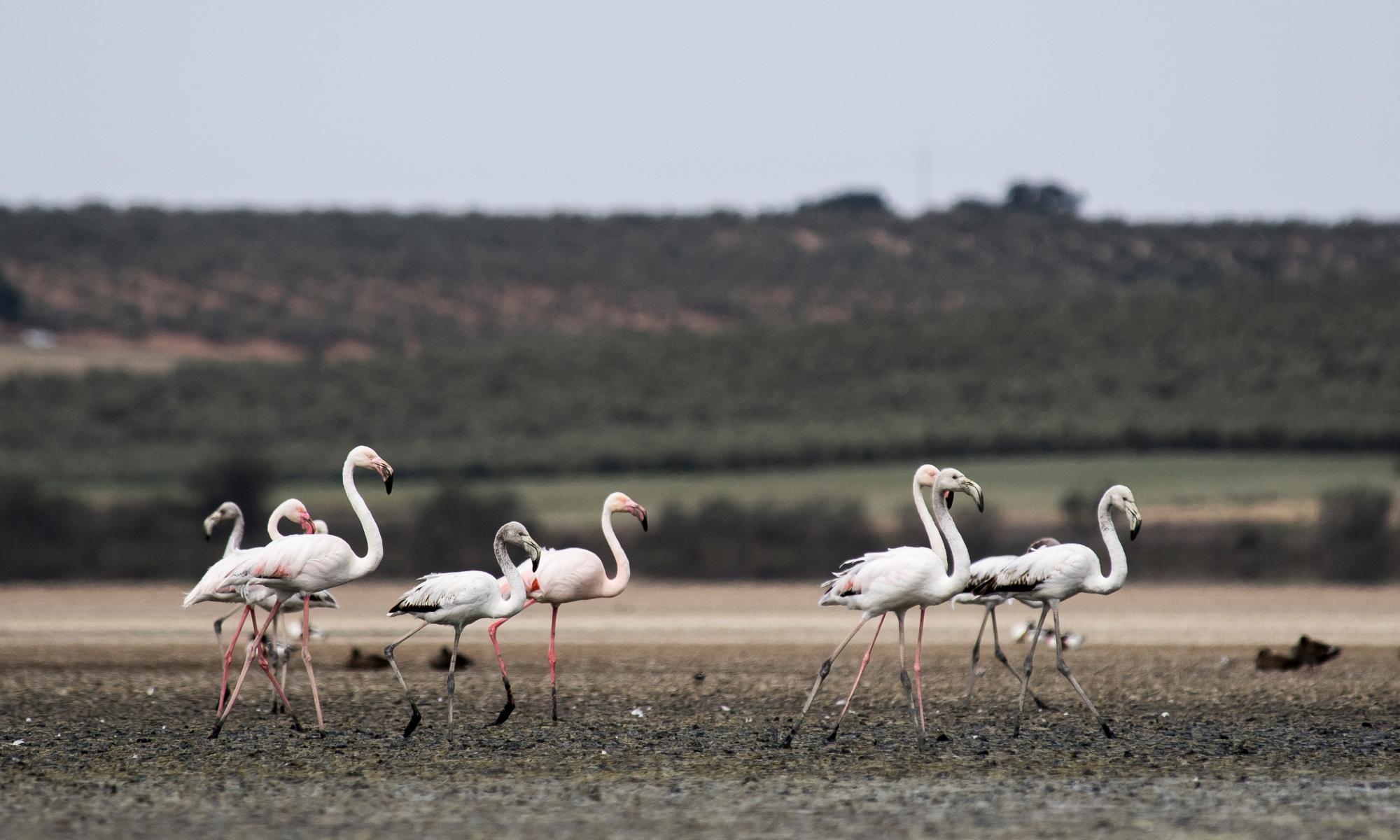Author and climate change educator Anika Molesworth is right at the pointy end of the climate emergency. She lives in far western New South Wales, on her family’s property on Wilyakali lands.
“It’s a place of ruby red sand and sapphire blue skies,” she says. “Traditionally, we ran sheep and harvested rangeland goats. But, because we’ve been in drought for so many years, we have destocked our property and we’re focused on conserving and regenerating the land.”
Climate change makes it increasingly difficult to do that. Far western NSW is stunningly beautiful, but it’s also incredibly fragile, because it’s naturally a semi-arid environment, meaning it’s hot and dry. And it is becoming a lot hotter and drier.

Avoiding a perilous future
The Paris agreement, adopted in 2015, aims to limit global warming to well below two degrees celsius – preferably 1.5 degrees – compared to pre-industrial levels. The reality is that a two-degree rise would be catastrophic, especially for fragile properties such as Molesworth’s.
“A two-degree warmed world would be a very sad world to live in because it means we will have lost many things we cherish,” she says.

“I walk across the paddock and I see extraordinary and beautiful bird life or little critters running between the bushes. That won’t exist. When I’m out in the stockyards with my livestock and I’m there with my family and people in the community, I have a real love of that and a sense of pride in looking after the land; of being a custodian and producing food that goes to feed people. That future does not exist in a world that is warmed by two degrees.”
Change is the only way forward
All is not lost. There is still time to make changes to slow global warming. Molesworth says there are plenty of opportunities to implement changes at a farm level, for instance. But we must act now.
“Those strategies will be different for every farm, because each farm has different capabilities in soil type and financial resources,” she says. “But overall, we need to increase soil carbon where that can be achieved. This means drawing carbon out of the atmosphere and getting it back into the ground and into vegetation.”
There’s also the potential to reduce methane emissions from ruminant animals through feed supplements and genetics, which would also lead to better climate change outcomes, Molesworth says. And we can use fertilisers better. “There’s a lot of interesting work being done in reducing nitrous oxide emissions from better fertiliser practices. The timing, rate and placement of fertilisers, especially nitrogen fertilisers like urea, can help reduce emissions.”
But the real opportunity, Molesworth says, is for farms to be the renewable energy producers of the future. Not only would this improve climate change outcomes, but it would help farms replace income from more environmentally unfriendly sources.
“Converting [Australia’s] energy system to renewables is the quickest, cheapest way to reduce dangerous climate destabilising emissions being released into the atmosphere.”
Taking responsibility
Professor Mark Howden is the director of the Institute for Climate, Energy and Disaster Solutions at the Australian National University. He says if global temperatures rise by two degrees compared with pre-industrial levels, sea levels will rise by up to 90cm by 2100, threatening coastal communities the world over. Like Molesworth, he says the steps we take now can have lasting climate change impacts.

“Take action where you can and push upwards into the political system and into industry because we need policy responses, not just individual action,” he says. “For instance, if you want to reduce your travel emissions, lobby local and state governments for more safe bicycle pathways so you can ride to work and around your local area.”
He also suggests doing a greenhouse gas inventory of your own activities. “Look at how much electricity you use, the food you eat and how you get around, and use online greenhouse gas calculators to see where your emissions are coming from.”
Then be active in your choices as a consumer to reduce your footprint. Drive an electric vehicle and sign up for renewable energy power sources for your electricity. Reconsider flying when you take a holiday, reassess how you heat and cool your house, find out where your food comes from and switch to local growers. These are just a few ideas for making a difference.
Using our voices
Bank Australia’s senior manager of impact finance, Jane Kern, says there are ways to assuage eco anxiety. We can make lots of lifestyle changes, such as watching how we spend our money, increasing the number of plant-based meals we consume, and asking questions about how our banks and super funds invest our money. “If you don’t want them to invest your money in fossil fuels, you can tell them that,” Kern says.

While systemic change is essential, you can find comfort in making changes that are within your control. For Kern, after a long week of working on climate strategies, there’s something deeply restorative about doing the composting and checking on the tomatoes in her planter box. “I know I’m taking positive steps and I would encourage others to do the same,” she says.
Kern recognises that it’s easy to feel overwhelmed given the scale of the climate challenges the planet is facing. “While we need to move faster to address climate change, in a lot of ways, we’re moving in the right direction. We can all band together to keep our eye on a future we want to build together.”
Are you banking for the future? Discover a new approach to banking via Bank Australia.


